Similar presentations:
Structure of DNA and its function
1.
12. Lesson objectives:
Theme:Structure and function of DNA
(primary and secondary)
Lesson objectives:
Establish the connection between DNA
structure and its function;
Describe the chemical structure of
nucleotides and explain their bonding and
location in DNA molecules;
3.
Creating an informationscheme that should describe
the structure and function of
DNA
3
4. Compare your schema with video info
• https://www.youtube.com/watch?v=o_6JXLYS-k4
5. Why do we study DNA?
We study DNA for manyreasons, e.g.,
• its central importance
to all life on Earth,
• medical benefits such
as cures for diseases,
• better food crops.
5
6. Chromosomes and DNA
• Our genes are on ourchromosomes.
• Chromosomes are
made up of a
chemical called DNA.
6
7. The Shape of the Molecule
• DNA is a very longpolymer.
• The basic shape is like a
twisted ladder or zipper.
• This is called a double
helix.
7
8. The Double Helix Molecule
• The DNA doublehelix has two
strands twisted
together.
8
9. One Strand of DNA
• The backbone of themolecule is alternating
phosphates and
deoxyribose sugar
• The teeth are
nitrogenous bases.
phosphate
deoxyribose
bases
9
10. Nucleotides
OO -P O
Nucleotides
O
O
O -P O
O
One deoxyribose together with
its phosphate and base make a
nucleotide.
O
O -P O
O
Phosphate
Nitrogenous
base
O
C
C
C
O Deoxyribose
10
11. One Strand of DNA
nucleotide• One strand of DNA is a
polymer of nucleotides.
• One strand of DNA has
many millions of
nucleotides.
11
12. Four nitrogenous bases
DNA has four different bases:Cytosine
• Thymine
• Adenine
• Guanine
C
T
A
G
12
13. Two Kinds of Bases in DNA
• Pyrimidines aresingle ring bases.
• Purines are double
ring bases.
N
N C
O C
C
N C
N
N C
C
C
N
N C
N C
13
14. Thymine and Cytosine are pyrimidines
• Thymine and cytosine each have one ring ofcarbon and nitrogen atoms.
N
O
C
C
O
C C
N
C
thymine
N
O
C
C
N
C
N
C
cytosine
14
15. Adenine and Guanine are purines
• Adenine and guanine each have two rings ofcarbon and nitrogen atoms.
N
C
Adenine
N
C
C
N
O
N
C
N
N
C
N
C
C
C
N
Guanine
C
N
N
C
15
16. Two Stranded DNA
• Remember, DNA hastwo strands that fit
together something
like a zipper.
• The teeth are the
nitrogenous bases but
why do they stick
together?
16
17. Hydrogen Bonds
CN
N
C
N
C
C
C
C
N
N
N
C
C
C
O
• The bases attract each other
because of hydrogen bonds.
• Hydrogen bonds are weak but
there are millions and millions
of them in a single molecule
of DNA.
• The bonds between cytosine
and guanine are shown here
with dotted lines
N
Hydrogen Bonds
N
O
17
18. Hydrogen Bonds, cont.
• When making hydrogenbonds, cytosine always
pairs up with guanine
• Adenine always pairs up
with thymine
• Adenine is bonded to
thymine here
N
O
C
C
O
C C
N
C
18
19. Linear Polymerization of Nucleotides
• Nucleic acids areformed of nucleotide
polymers.
• Nucleotides polymerize
together by phosphodiester bonds via
condensation reaction.
• The phospho-diester
bond is formed
between:
• Hydroxyl (OH) group
of the sugar of one
nucleotide.
• Phosphate group of
other nucleotide
20. Polymerization of Nucleotides
• The formed polynucleotidechain is formed of:
• Negative (-ve) charged
Sugar-Phosphate backbone.
• Free 5’ phosphate on one
end (5’ end)
• Free 3’ hydroxyl on other
end (3’ end)
• Nitrogenous bases are not in
the backbone
• Attached to the backbone
• Free to pair with
nitrogenous bases of other
polynucleotide chain
21. Polymerization of Nucleotides
• Nucleic acids are polymers of nucleotides.• The nucleotides formed of purine or
pyrimedine bases linked to phosphorylated
sugars (nucleotide back bone).
• The bases are linked to the pentose sugar to
form Nucleoside.
• The nucleotides contain one phosphate group
linked to the 5’ carbon of the nucleoside.
Nucleotide = Nucleoside + Phosphate group
22. DNA by the Numbers
• Each cell has about 2 m ofDNA.
• The average human has 75
trillion cells.
• The average human has
enough DNA to go from the
earth to the sun more than
400 times.
• DNA has a diameter of only
0.000000002 m.
The earth is 150 billion m
or 93 million miles from
the sun.
22
23.
Summary of how DNA Structure issuited to function:
• It is very stable: nucleotide are linked
by covalent bonds.
• It Carries coded information.
• It can be replicated: specific base
pairing means that DNA can be copied
when cells divide.
• It is compact: folding of the molecule
means a great deal of information can
be packed into a small volume.
23
24.
2425.
Fig. shows part of a DNA molecule.(a) Name U, W and X.
U, W, X
(b) Name the bonds indicated by Z.
25
26.
StructureGenes and chromosomes
Link to function
DNA molecular structure (polymers)
the anti-parallel nature of the strands; the
asymmetric ends of DNA strands (the 5′
(five prime) and 3′ (three prime) ends, with
the 5' end having a terminal phosphate group
and the 3' end a terminal hydroxyl group);
Double helix and
complementary base pairing
Sequence of bases making up the genetic
code/Codon (covered in detail later);
the coding and non-coding strands
Packaging of DNA molecule-how and why?
(protection etc)
Histones
26
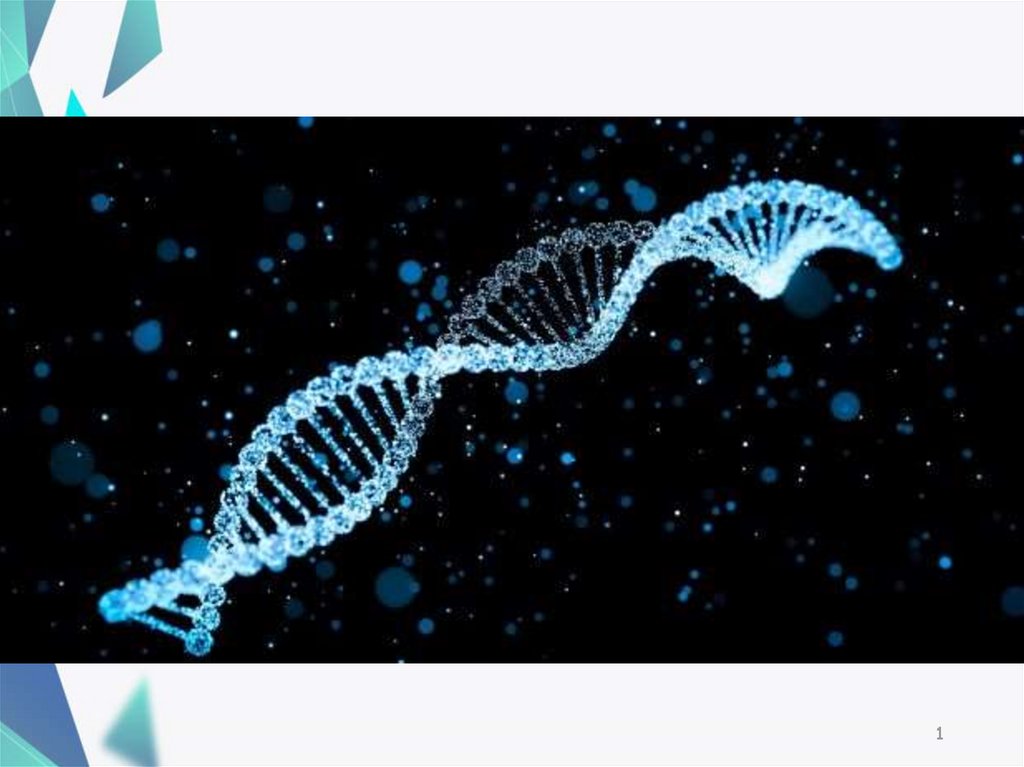
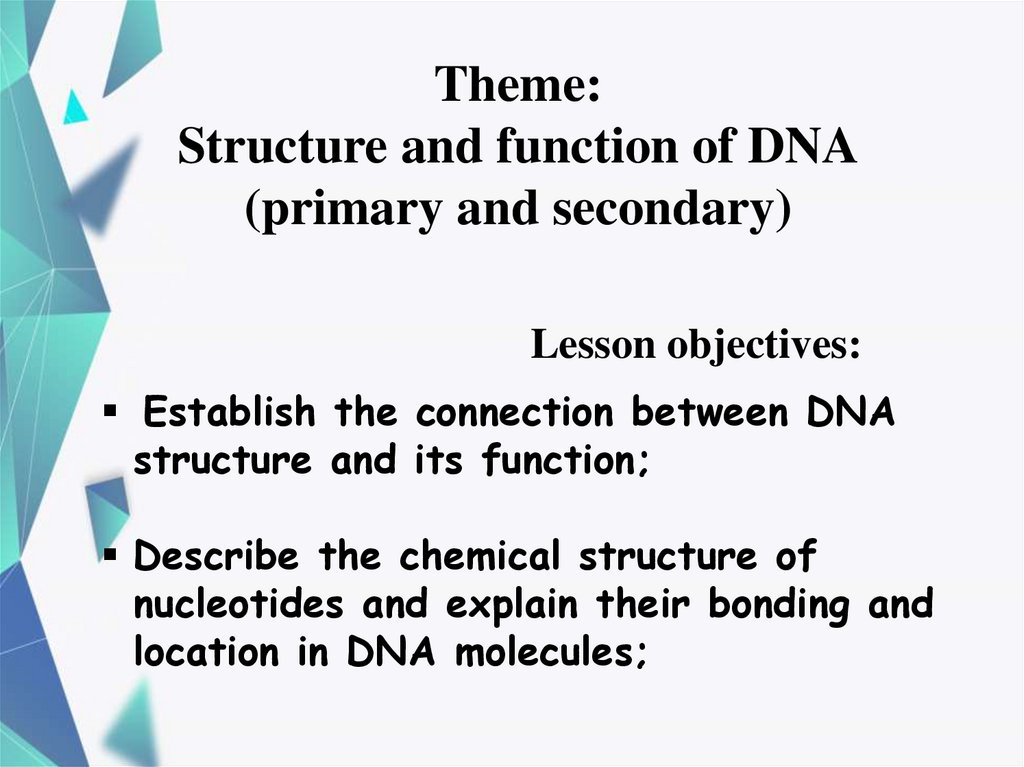


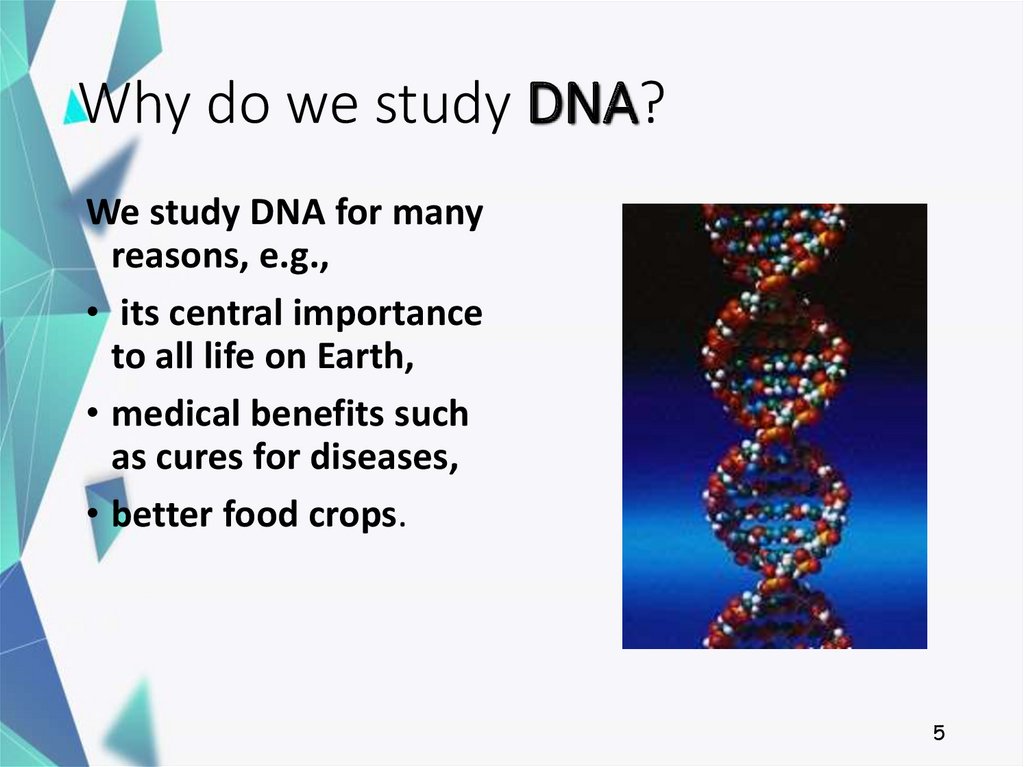
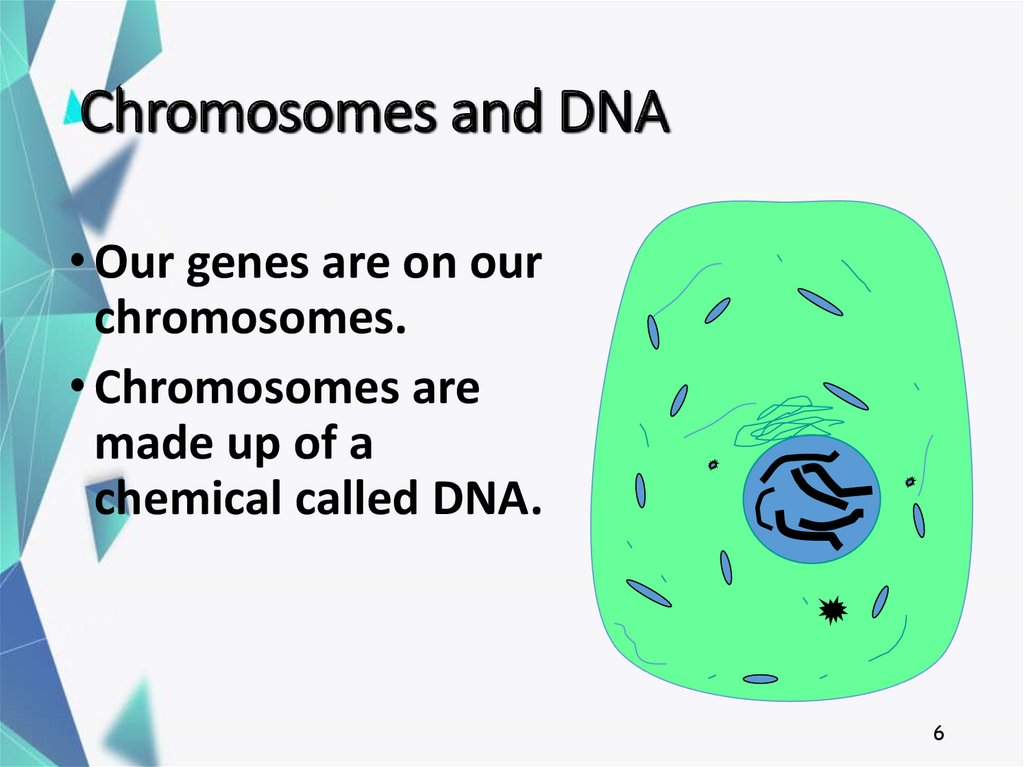
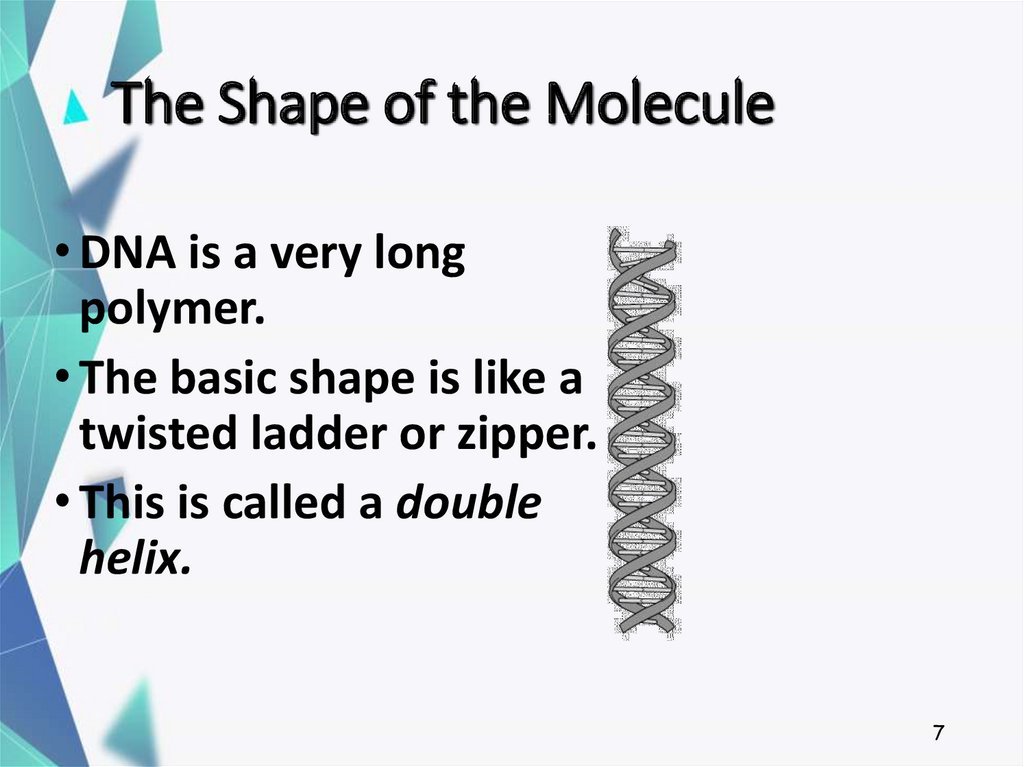





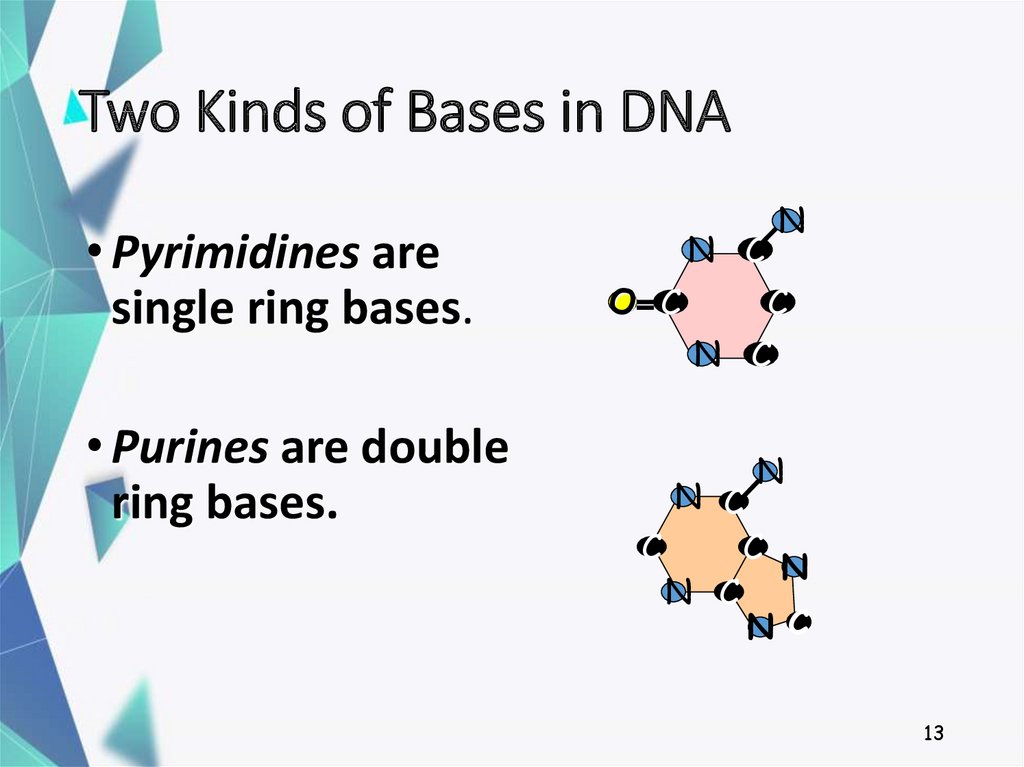
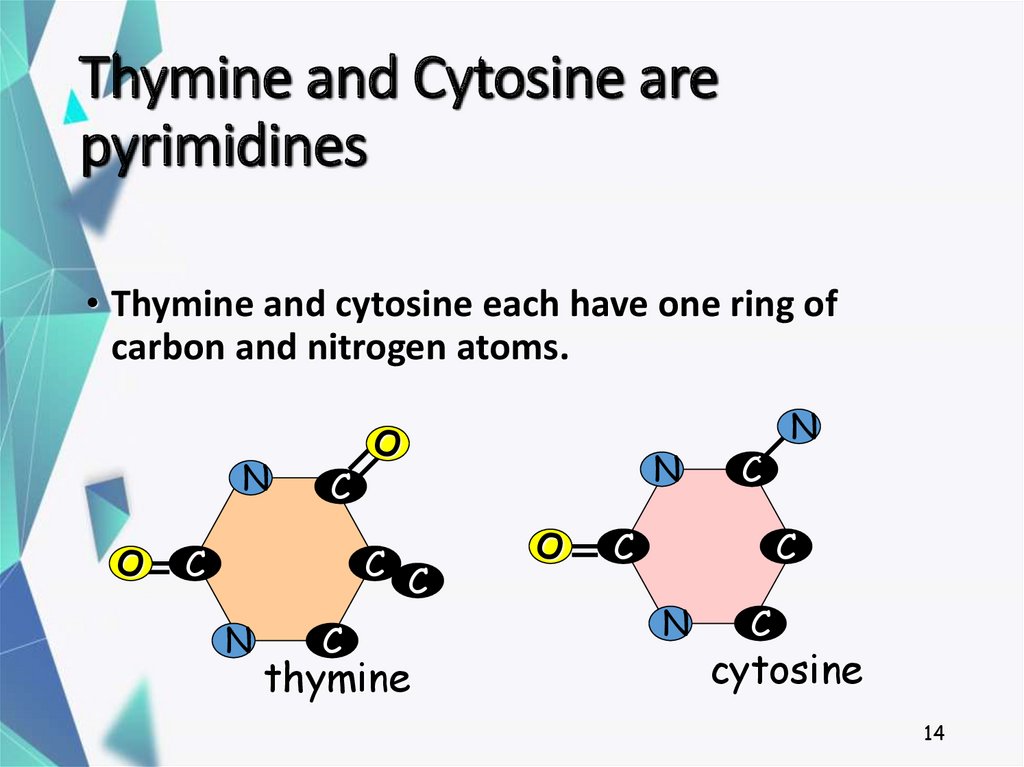
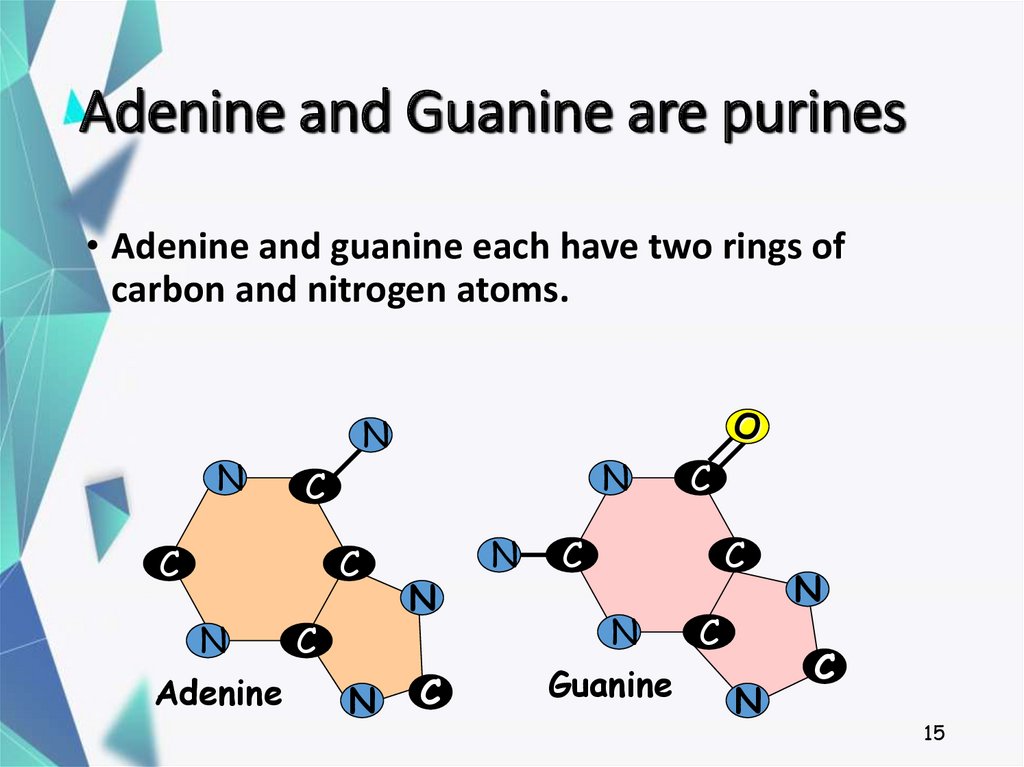


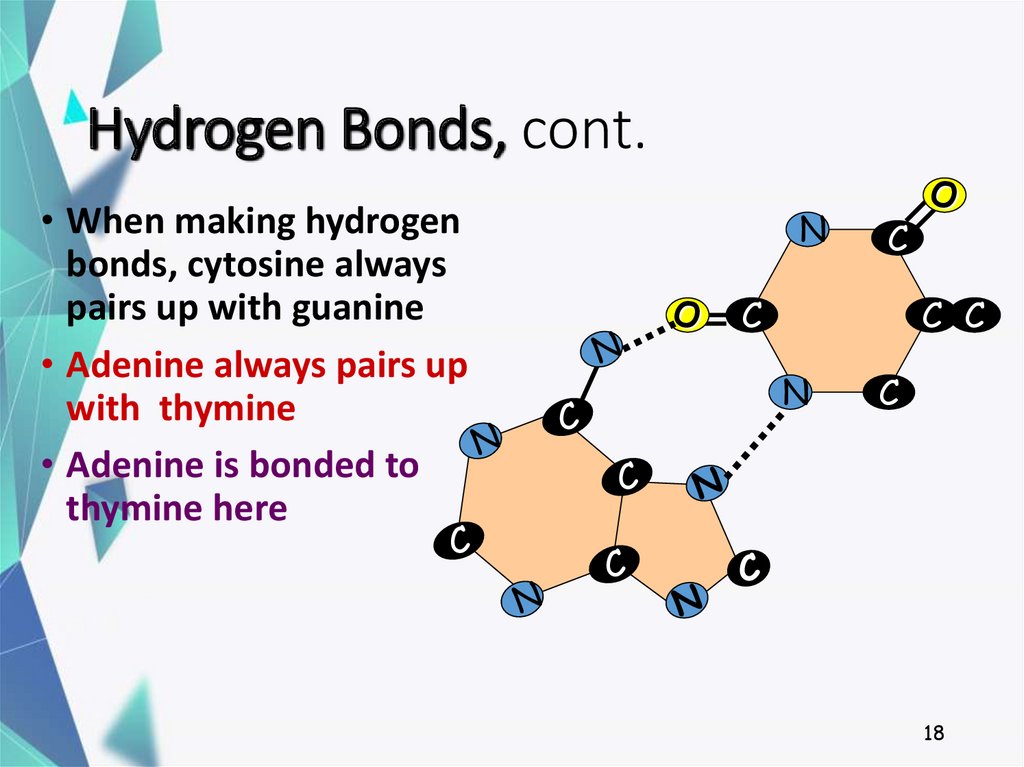
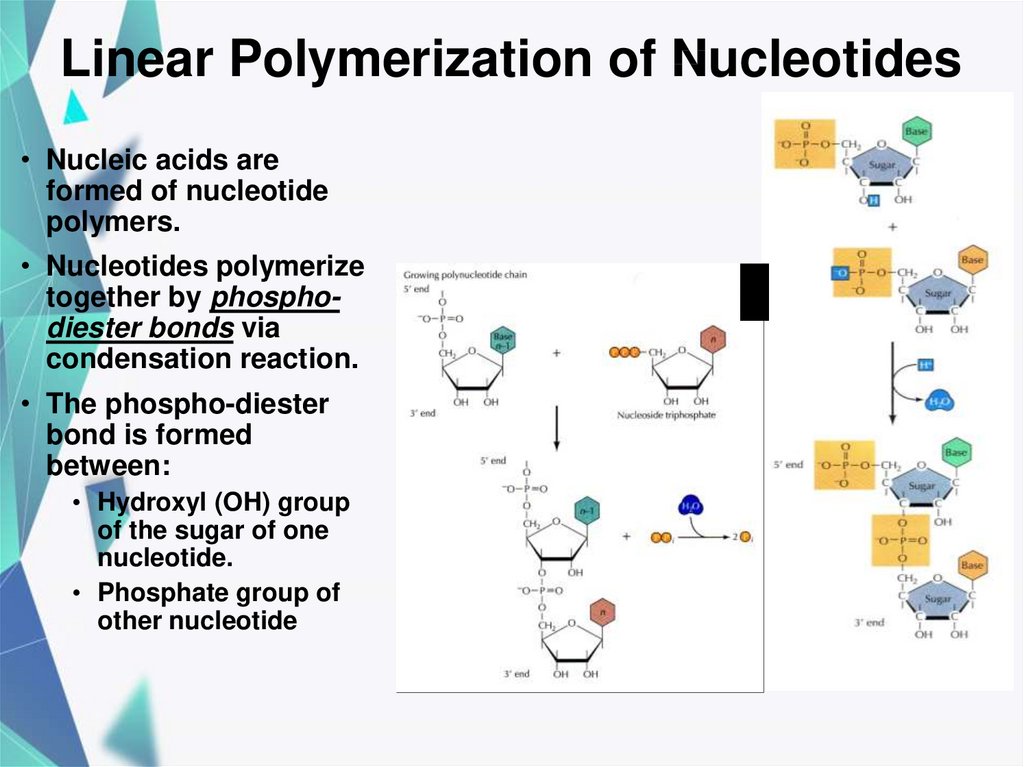
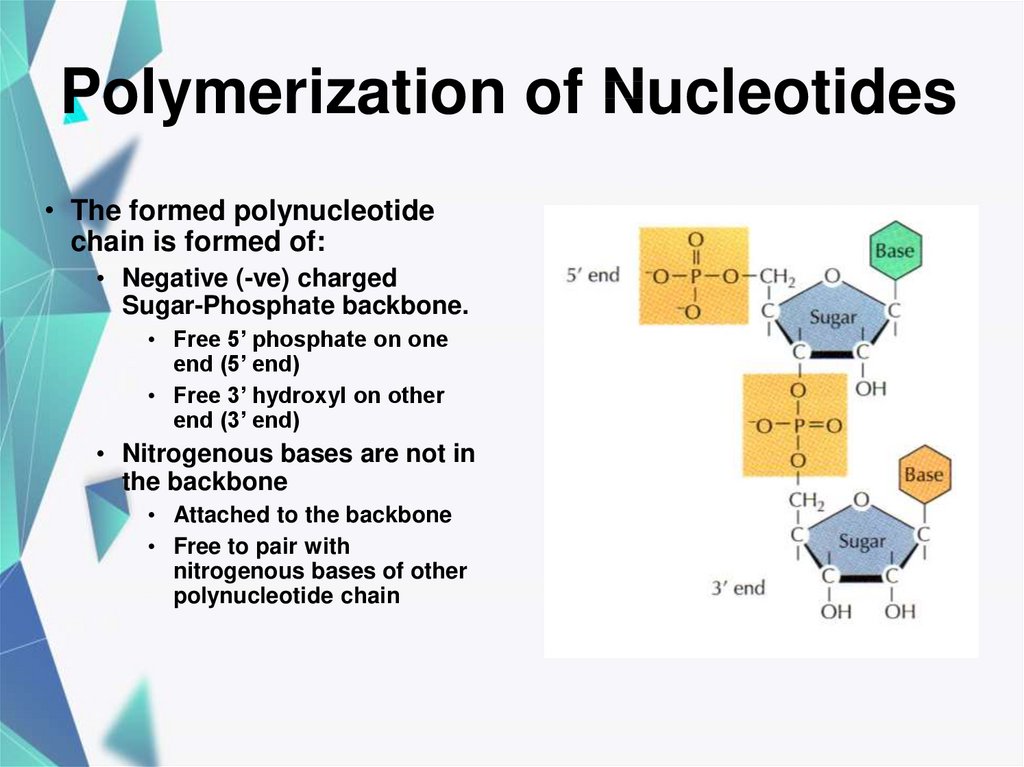
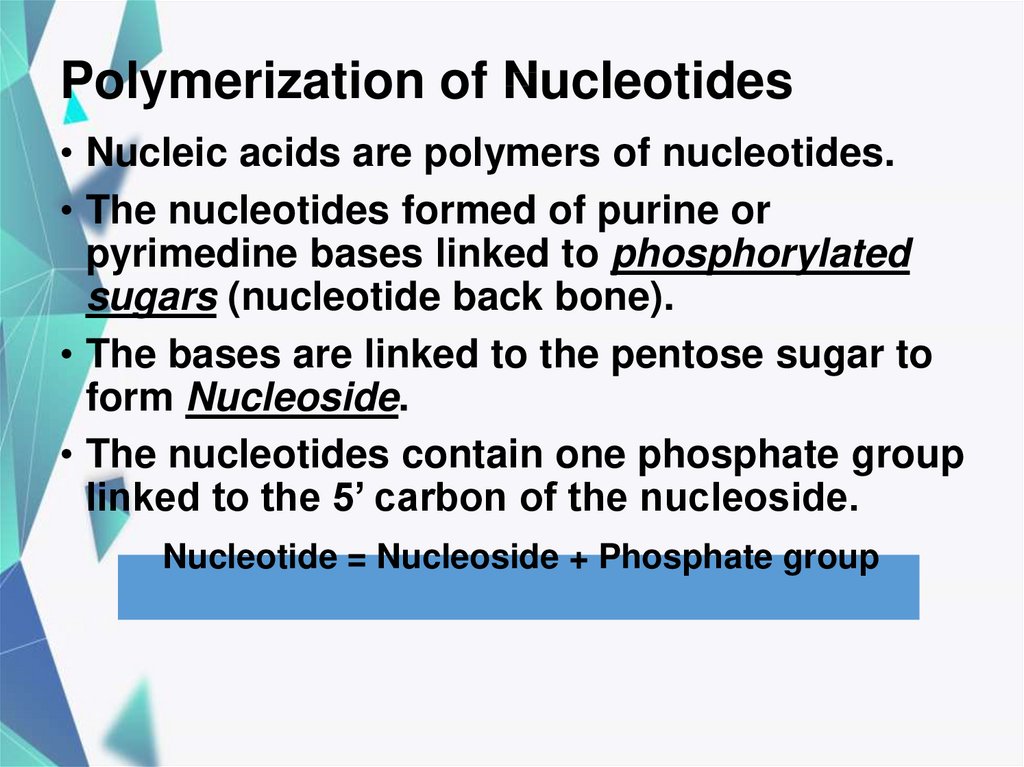
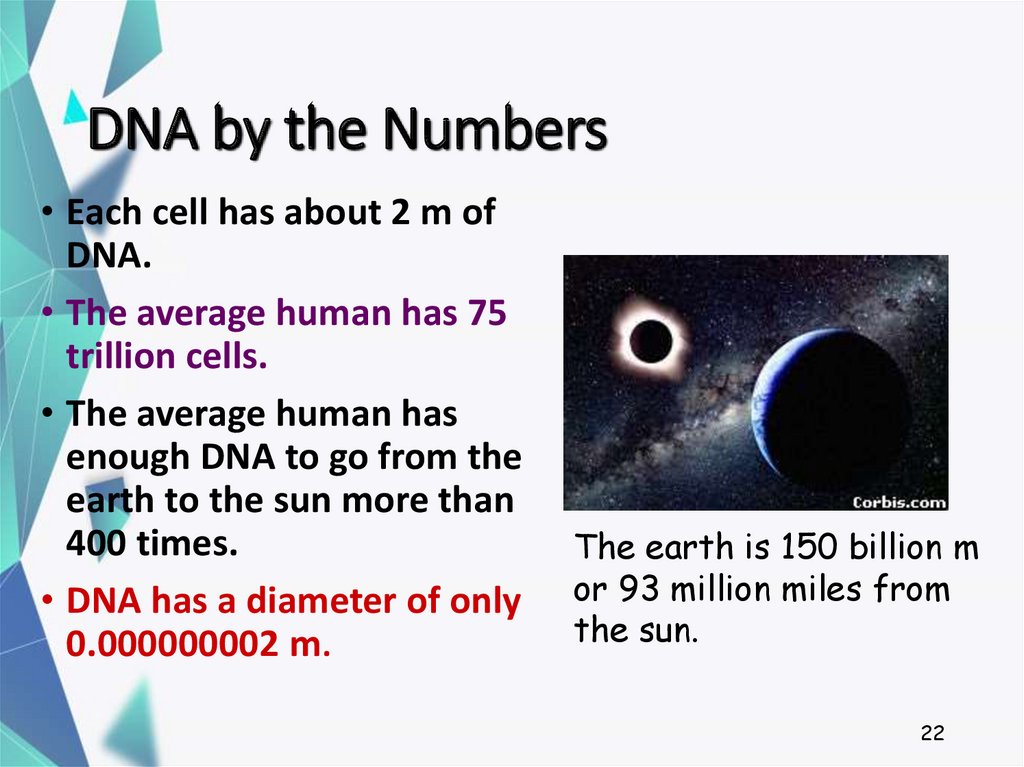
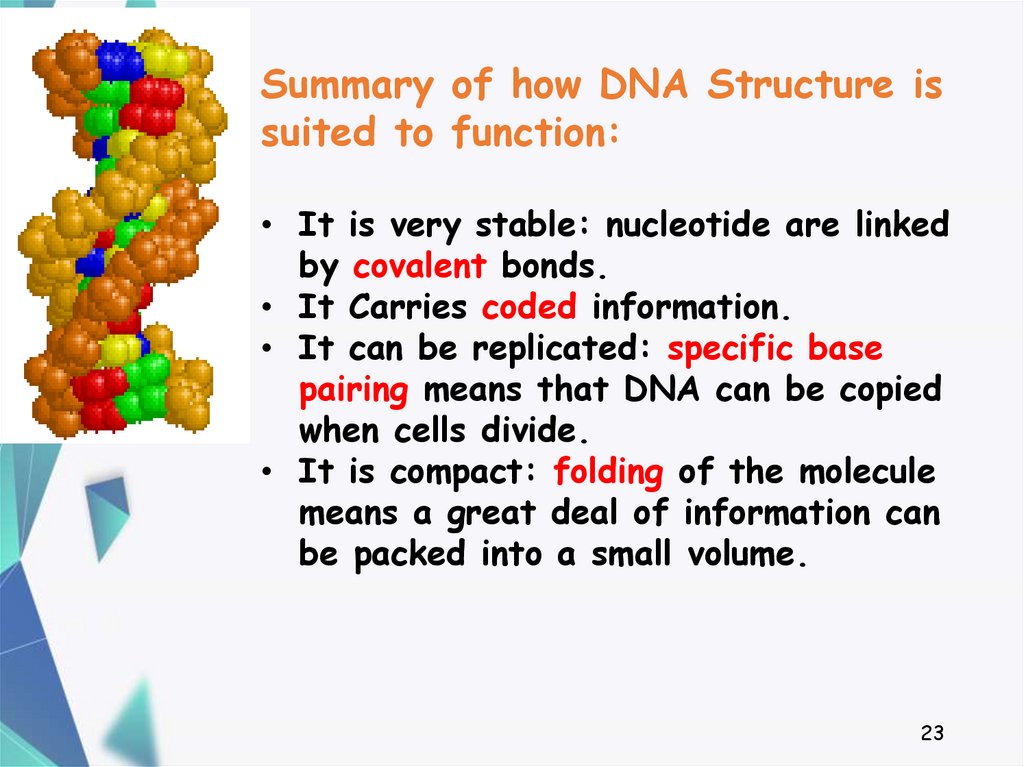
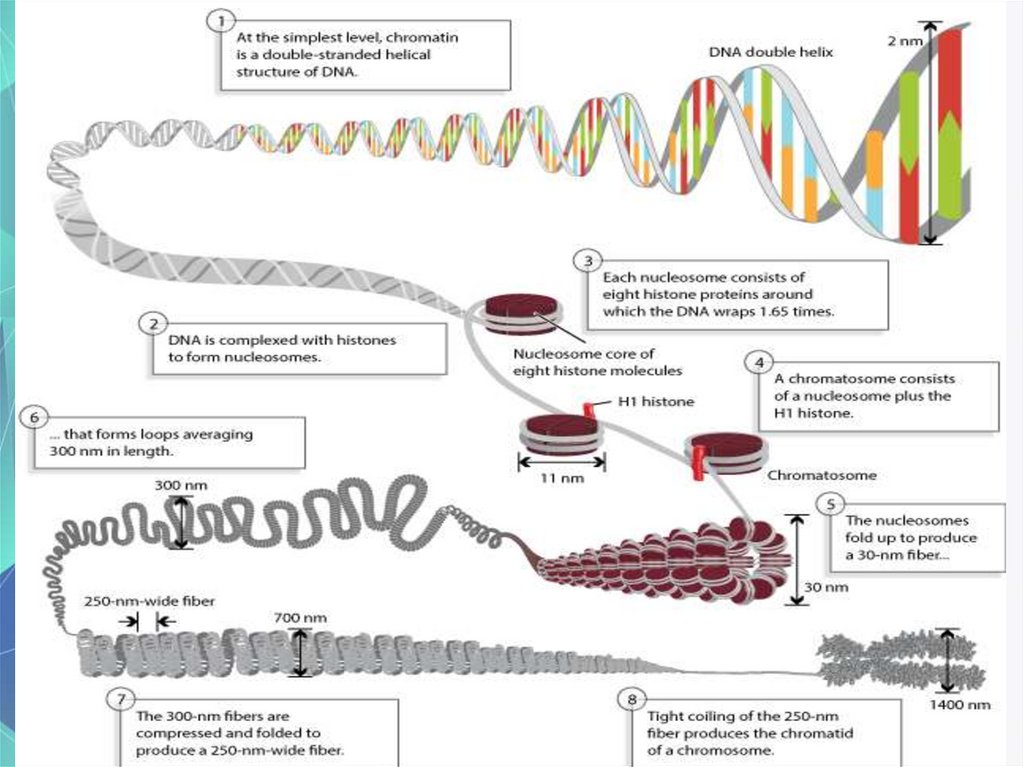
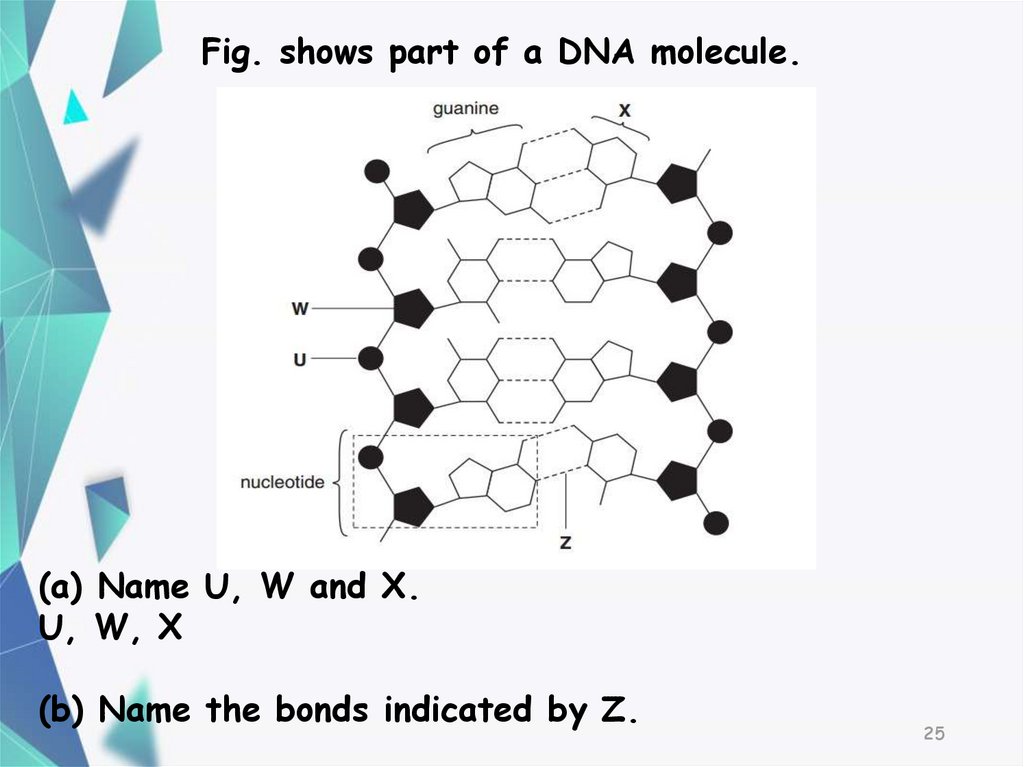
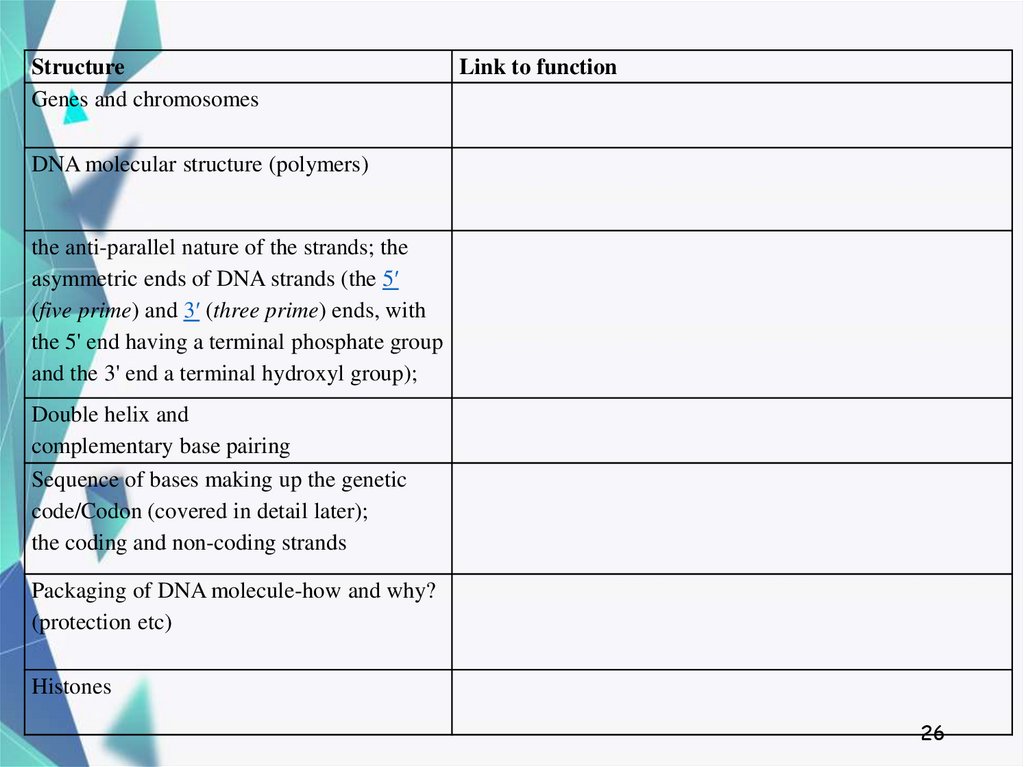
 biology
biology








